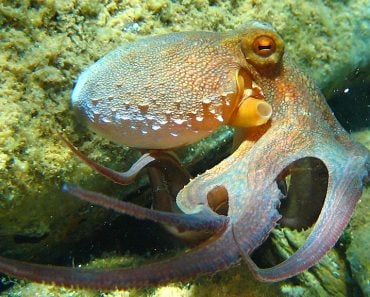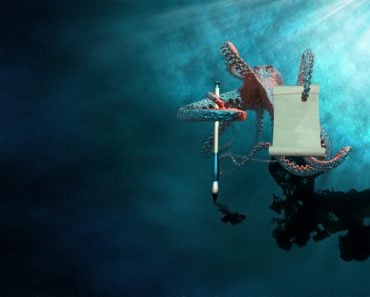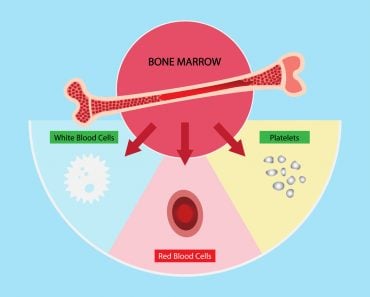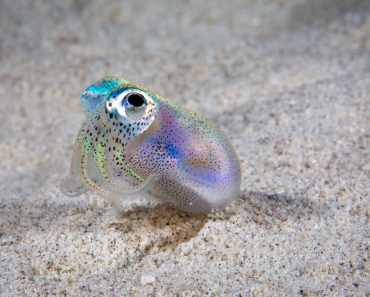Table of Contents (click to expand)
The blood of octopuses and squids is blue because they use a different protein for oxygen transport than human beings do. This protein, hemocyanin, relies on copper to bind with oxygen, which causes the blood’s discoloration. Squids and octopuses have adapted to their environment by changing the hemocyanin concentration in their blood.
There aren’t many opportunities for human beings to interact with octopuses and squids, and most people are probably happy about that. These mysterious creatures of the deep are often depicted as sinister hunters of the deep in popular movies and literature, and their bizarre structure and behaviors do make it easy to fear them.
Between their tentacles and suction cup grips, as well as their sharp beaks (the only “bones” in their body, these odd creatures have fascinated people for centuries.
However, one of the strangest things for red-blooded humans to understand is the color of their blood. Why on Earth do octopuses and squids have blue blood?
Recommended Video for you:
It’s All About Evolution
Although many people wish the explanation was a bit more exciting, the real reason behind the blood of squids and octopuses being blue is simple evolution. For example, human beings have red blood, but we rarely wonder why that is.
One of the key components in human blood is iron, which is why it’s such an important part of our diets. The iron in our blood is contained within hemoglobin, a blood-borne protein that enables oxygen transport to our organs and tissues. The iron binds to oxygen, which causes the blood’s discoloration to red (we see a similar color change when iron is “oxidized” in nature… we call this “rust”). Hemoglobin is a highly efficient method of oxygen transport, as compared to other methods observed in nature.
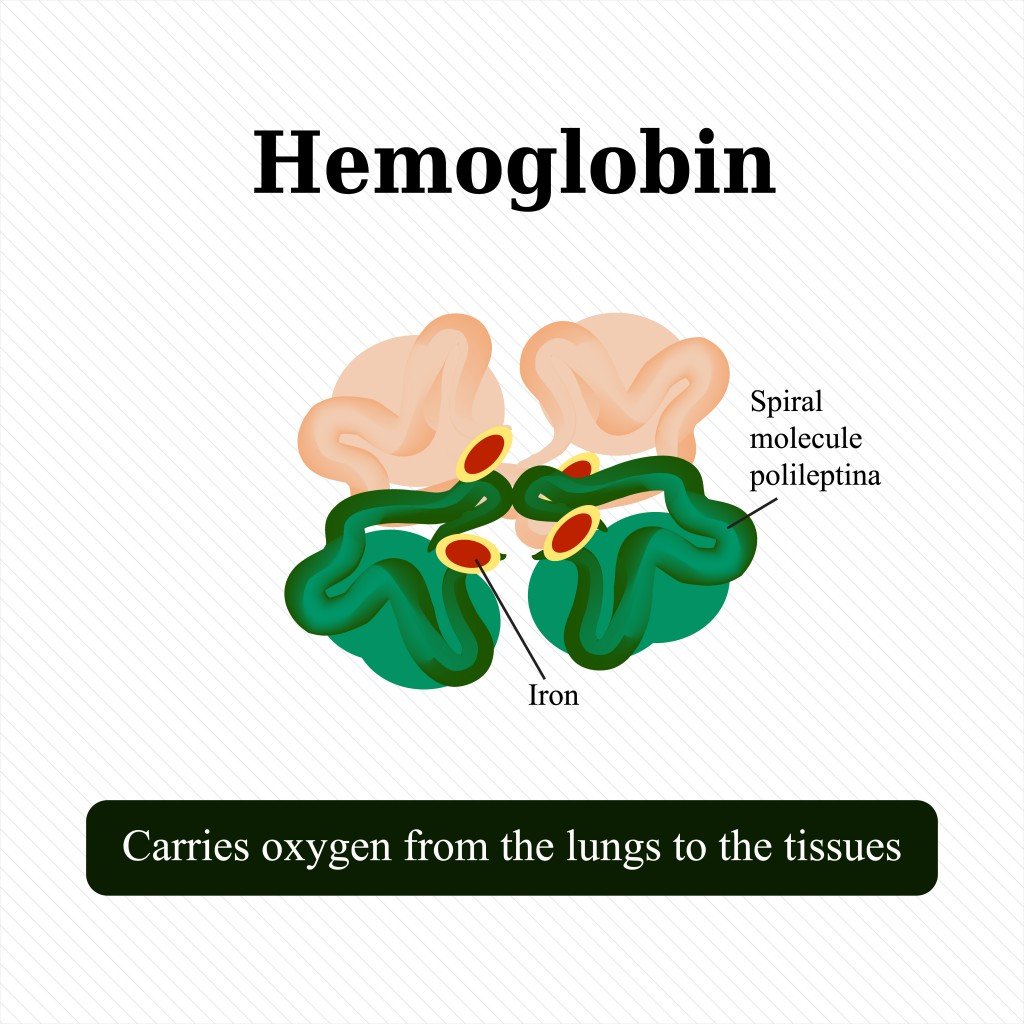
However, 600 million years ago, this may not have been the case for human blood. As most of you know, human beings have evolved over the course of tens of millions of years, but far before we ever left the seas to become land-based mammals, we diverged away from simpler creatures. One of the divergent points could have been the protein in our blood responsible for oxygen transport.
More primitive species (like the octopus, squid, and a number of other invertebrates) use a different protein, called hemocyanin, which relies on copper, rather than iron, as the binding mineral of choice. When copper binds with oxygen, the discoloration is different, resulting in the blue color of their blood.
Now, the interesting part is that hemocyanin plays a key part in the adaptations of squids and octopuses to their environment. Many squids and octopuses live near the sea floor, often in extreme or Arctic temperatures (-30 degrees Fahrenheit, in some cases). At temperatures like that, oxygen binds more tightly to proteins, and if this oxygen can’t be separated and delivered to tissue and organ systems, the organism will literally suffocate. Fortunately, these deep-sea creatures can alter the hemocyanin concentration in their blood (by as much as 40% across species) to compensate and ensure survival in polar waters.
…But What’s The Reason?
Although a simple blood analysis and evolution can explain the color difference, why didn’t octopuses simply evolve to live in warmer waters? Surely that would have been easier than waiting for hundreds of generations of octopuses to develop super hemocyanin-producing powers…
Octopuses are defined by relatively short lifespans and a lack of ability to migrate great distances. This is largely due to their mating, lifestyle, and mobility. Crawling across the ocean floor isn’t the quickest way of moving, and with a lifespan that averages 5 – 15 years (octopuses and squids at either extreme, respectively), long-distance migration simply makes no sense. In other words, they had to evolve to deal with their chosen habitat, which they did. Living near superheated thermal vents and Arctic waters at the same time means that octopuses need flexibility in their thermoregulation and oxygen transport, making hemocyanin a more flexible option for their anatomy and specific needs.
The concentration of copper also increases in deeper waters, whereas iron concentration eventually begins to wane. Therefore, the ready availability of copper may have caused this halt in the evolutionary progress of squids and octopuses, as their environment provided a wealth of that essential mineral, leaving the rest, as they say to evolutionary history.
They’re Not The Only Ones…
We can’t neatly divide nature into blue-blooded and red-blooded creatures, however, because there are a number of other colors out there as well. For example, there is the green-blooded skink of Papua New Guinea, which breaks down used hemoglobin into constituent parts (bilirubin and biliverdin). These individual byproducts interact with the blood to give it a green color, which is a very strange thing to see!

There are also certain fish who live at extreme temperatures and possess completely clear blood, lacking any blood-borne protein carriers for oxygen. Believe it or not, there is actually more oxygen availability at the bottom of the ocean, and given how fish directly absorb oxygen from their environment (gills and direct 02 diffusion, in some cases), they can pump oxygen to their necessary parts without any of these colorful carriers.
Now that all of that is explained, next time you go diving and you see an octopus, remember that they aren’t all that different from us – just a few extra appendages, 600 million years, a complete lack of bones, and a slightly different protein in the blood that gives it that unique blue hue!


